Commentary: This is why Singapore needs to save its airlines and aviation sector
Advertisement
Commentary
Commentary: This is why Singapore needs to salvage its airlines and aviation sector
Information technology should exist unsurprising that the wellness of industries within the aviation ecosystem is being supported as a key pillar of the economy, says Dr Faizal Yahya from the Institute of Policy Studies.
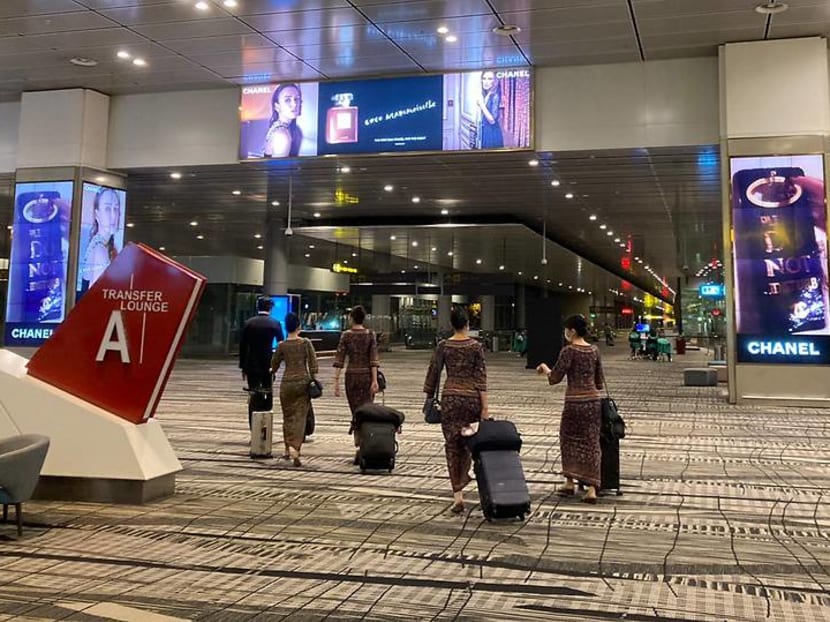
File photo of Changi Aiport's transit surface area. (Photo: Nicole Chang)
18 Feb 2022 05:59PM (Updated: 18 Feb 2022 06:22PM)
SINGAPORE: Budget 2022 has adopted a more focused approach towards the virtually impacted sectors of the economy.
For case, South$870 meg was provided to support the aviation sector, including a 10 per cent landing charge rebate for all scheduled passenger flights landing in Singapore for airlines, and a 50 per cent rebate on rental paid for ground handling companies' lounges and offices within Changi Airport and Seletar Aerodrome last buildings.
Is this support justified?
As mentioned by Deputy Prime Minister and Minister of Finance Heng Swee Keat in his Budget speech on Tuesday (Feb 16), this back up is to preserve the core capabilities and Singapore's position as a hub for global air travel and industries straight linked to this critical sector.
READ: Commentary: Companies and workers, forget life before COVID-19. Budget 2022 will assistance us set for life afterwards it
Changi Airport'southward total passenger movements were simply 2 per cent of pre-COVID-19 levels as the International Air Transport Association (IATA) forecasts that it volition accept several years for air travel to recover.
A CRUCIAL PILLAR OF THE Economic system
In strategic terms, the aviation sector provides essential air connectivity for Singapore.
IATA reported that in pre-COVID times, air transport connected Singapore to approximately 159 international destinations as some 73 airlines operated out of Singapore.
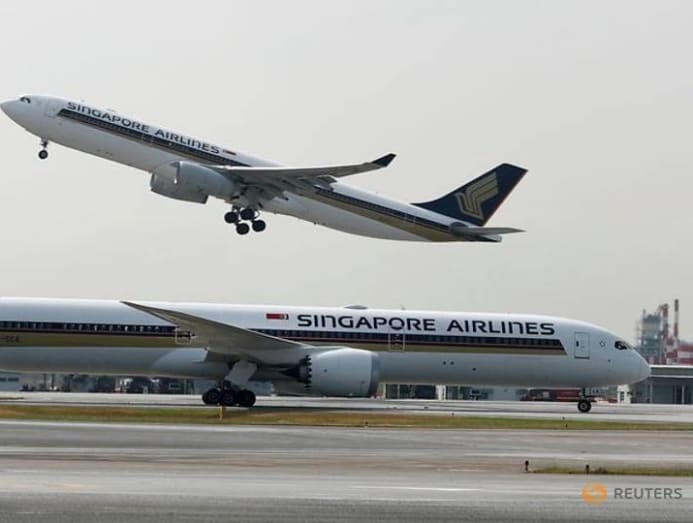
To put information technology in perspective, much of Singapore's economical growth and status as a global aviation hub and trading nation was facilitated by the 355,400 aircraft landings and take offs from Singapore.
Therefore information technology is unsurprising that the health of industries within the aviation ecosystem is being supported as a key pillar of the economy.
READ: Commentary: Force per unit area to go along business travel light will keep after the pandemic
Autonomously from directly links to the tourism sector and industries such as hospitality, retail, ship and F&B, the aviation sector encompasses several sectors instrumental for Singapore's economic development in the past also every bit in future.
These include aircraft maintenance, repair and overhaul (MRO), financial services, supply chain management and manufacturing.
JOBS AND MORE JOBS
Aviation giants similar Airbus, Rolls-Royce and GE Aviation take invested heavily in facilities hither – equally explained below - which in turn create local jobs, because of Singapore's focus on existence an aviation hub.
Singapore itself has invested heavily in the aviation ecosystem which is crucial for the economy and supported by specialised training and R&D to farther develop skillsets necessary to seize time to come opportunities.
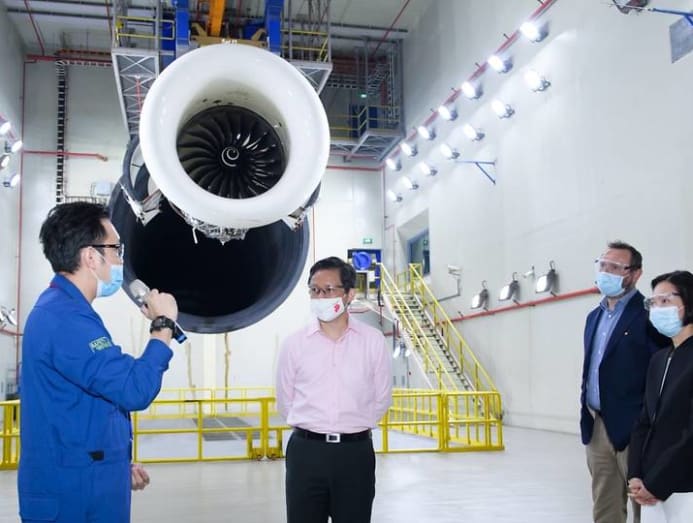
According to the Civil Aviation Authority of Singapore (CAAS), the aviation manufacture contributed nigh iii per cent of Singapore's full GDP and provided some 119,000 jobs.
These included employers in the airlines industry, airport operators, aerodrome on-site enterprises and shipping manufacturers.
IATA estimated that in full, Singapore'due south air transport sector supported 375,000 jobs.
These were made up of the 119,000 jobs in the aviation industry, 78,000 jobs in ancillary back up industries and a farther 26,000 positions that were supported past the spending derived from the aviation industry.
If inflows of strange tourists were included, their spending supported a further 152,000 jobs.
READ: Commentary: More than Southward$600 for showtime class meals? SIA isn't for everyone simply that's just fine
Furthermore, the air transport sector and supply chain sector added S$29.4 billion to Singapore'southward Gdp.
In addition, spending past foreign tourists contributed another S$19.3 billion to Gdp that amounted to a total of South$48.7 billion as gross value contribution to GDP or xi.8 per cent of Singapore'south GDP.
IMPORTANT AVIATION HUB
The cardinal core and strategic capabilities contained inside the Changi and Seletar air hubs, such every bit efficient processes, automated systems, globe-grade customer service and high accessibility, have enabled Singapore to be Asia's leading solutions provider for MRO services that makes upwards x per cent of the global MRO output.
Functioning equally a one-cease solutions provider, Singapore offers end-to-stop services for the MRO needs of the aviation industry. This MRO landscape consists of Singapore enterprises and multinational companies (MNCs).
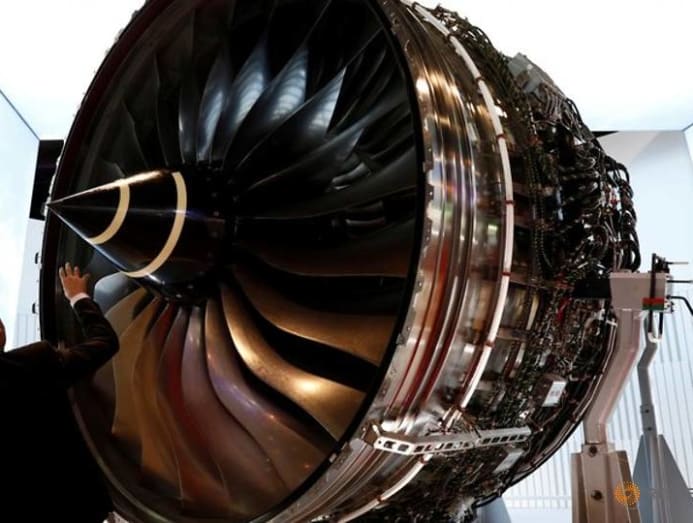
They include ST Aerospace, Pratt & Whitney, Bombardier Aerospace and Rolls – Royce – companies that are helping ensure that Singapore remains prominent on the global aviation map.
For instance, ST Aerospace is collaborating with Airbus to develop the A330 Rider-to-Freight (P2F) conversion process. This is a first for Airbus to appoint a tertiary-party to undertake a P2F conversion, which is a complex procedure for aircraft modification.
READ: Commentary: Asian airlines may never recover without consolidation
The aim of the A330 P2F conversion programme is to initiate the procedure of an shipping modifications center. Equally office of its shipping modifications program, ST Aerospace has built an aircraft hangar in Changi Northward and a hangar in the Seletar Aerospace Park.
The P2F programme is critical to expanding the air freight logistics sector equally it is currently growing and could apply the spare chapters left by the passenger sector.
In terms of R&D activities, Rolls-Royce has established its Advanced Technology Centre (ATC) in Singapore to support the Seletar air hubs manufacturing activities.
Through its enquiry, the Rolls-Royce ATC provides expertise in the provision of materials support and R&D solutions in the areas of computational engineering and electrical power and command systems.
The EDB is leveraging on the specific skills sets in MRO activities to establish more than complex manufacturing activities in Singapore such equally engine fan blades and avionics computers.
SECURING SINGAPORE'S SUPPLY CHAIN
The pandemic has highlighted the fragility and need to build resilience for supply chain management. Singapore is a central node for supply chain networks and the logistics industry due to its air connectivity and advanced infrastructure.
READ: Commentary: Can Singapore be a major COVID-xix vaccine transshipment hub and save its aviation industry?
Beginning, keeping Singapore'due south aviation sector alive also helps maintain its position every bit a node in supply concatenation networks, which has implications on the country'due south ability to source other products, including food supplies and essentials, as well every bit impact the competitiveness of other industries.
During the excursion breaker last twelvemonth, those in Singapore would take seen how supply concatenation shocks can cause mass panic and genuine concerns.
This capability has too helped us get like shooting fish in a barrel access to COVID-19 vaccines, which crave advanced cold-chain logistics.

Second, being well-placed in supply concatenation networks has besides enabled Singapore to become a regional distribution center for aerospace firms.
For example, Satair, together with Airbus, has opened a joint distribution heart to support logistics and repair for aircraft.
Located at Seletar Aerospace Park, the distribution centre accommodates Airbus' inventory for spares and parts that supports its customers in the Asia Pacific region.
SUPPORTING OTHER INDUSTRIES
In conjunction, specialised services such as shipping leasing are operated past 20 shipping leasing companies based in Singapore.
They perform key functions such as aircraft asset management, financing and legal services, meaning there is a spillover of benefits for the legal and finance sectors.
Some of these companies include Nordic Aviation Upper-case letter Singapore, which is not bad to grow its operations here to extend its attain into the region.
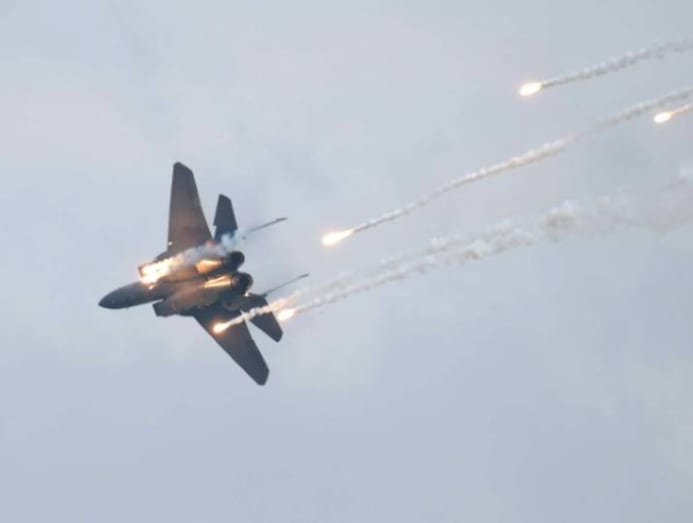
Another company, Titan Singapore Aircraft leasing, was formed in Singapore to create new roles in fleet management and finance to support the company's sales and marketing efforts for non but the Asia Pacific region but Africa as well.
READ: The Big Read: A vital economical pillar, S'pore's tourism sector faces a brutal test of mettle amid COVID-nineteen fallout
Every bit it has done in the past, the growth and development of the aviation sector will strengthen Singapore'south chapters in emerging areas, such as sustainable aviation and cold-concatenation logistics
The aviation and airline industry is therefore fundamental to Singapore as it is a major creator of jobs, investment and growth, helps the country maintain its supply chain competencies and assistance protect its food and essential supplies.
The sector also helps boost other industries like retail, hospitality, events, legal and finance.
With such strong multiplier effects and by being a core colonnade of Singapore's economy, it is no wonder the Authorities sees the need to ensure its viability and competitiveness. That purpose should not be doubted.
Listen to aviation observers dissect the future facing national flag carriers afterwards the pandemic and the office of Singapore Airlines on CNA's Heart of the Matter published in September 2020:
Dr Faizal Yahya is a Senior Research Young man at the Institute of Policy Studies, Lee Kuan Yew School of Public Policy, National Academy of Singapore.
Recent Searches
Trending Topics
Source: https://cnalifestyle.channelnewsasia.com/commentary/commentary-why-singapore-needs-save-its-airlines-and-aviation-sector-282476

Post a Comment for "Commentary: This is why Singapore needs to save its airlines and aviation sector"